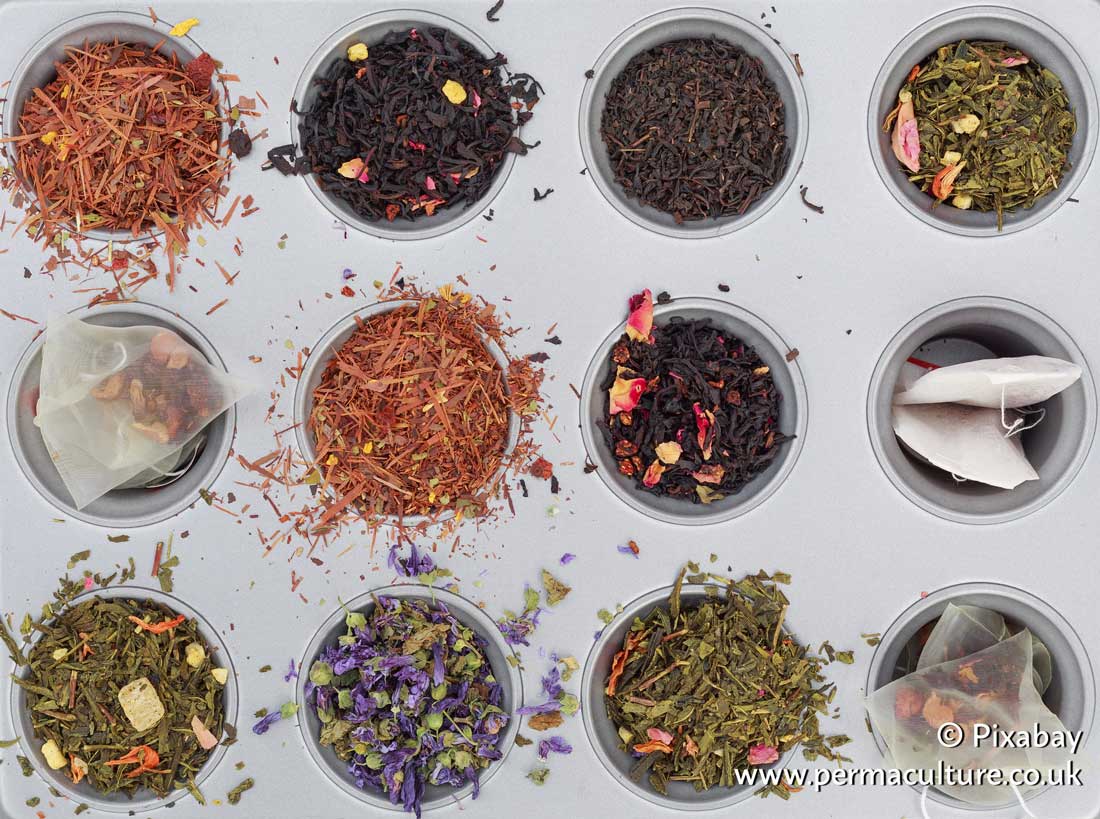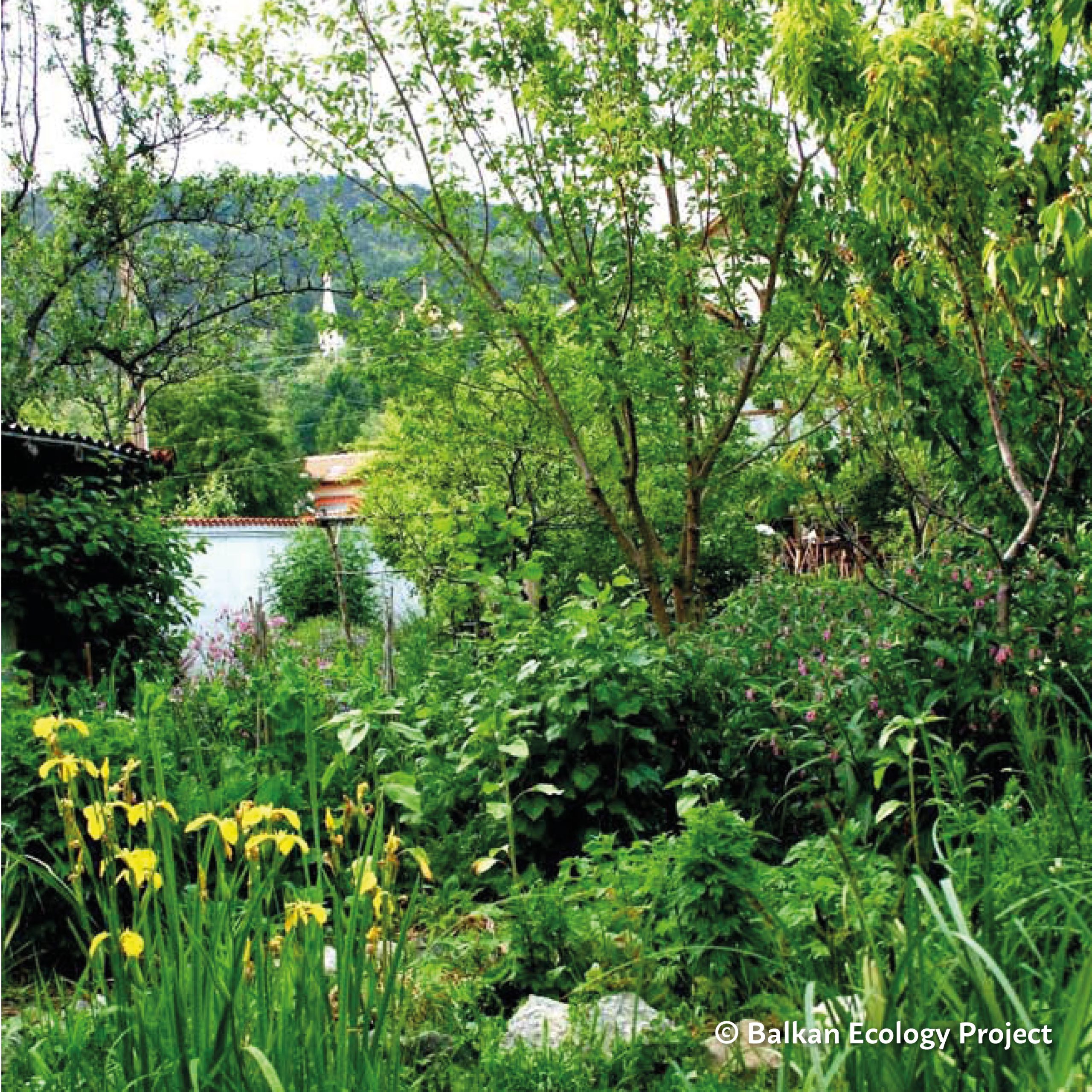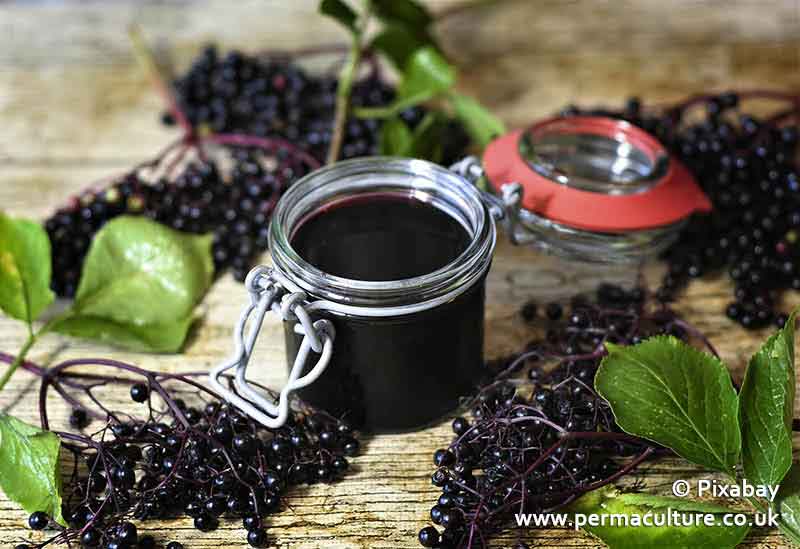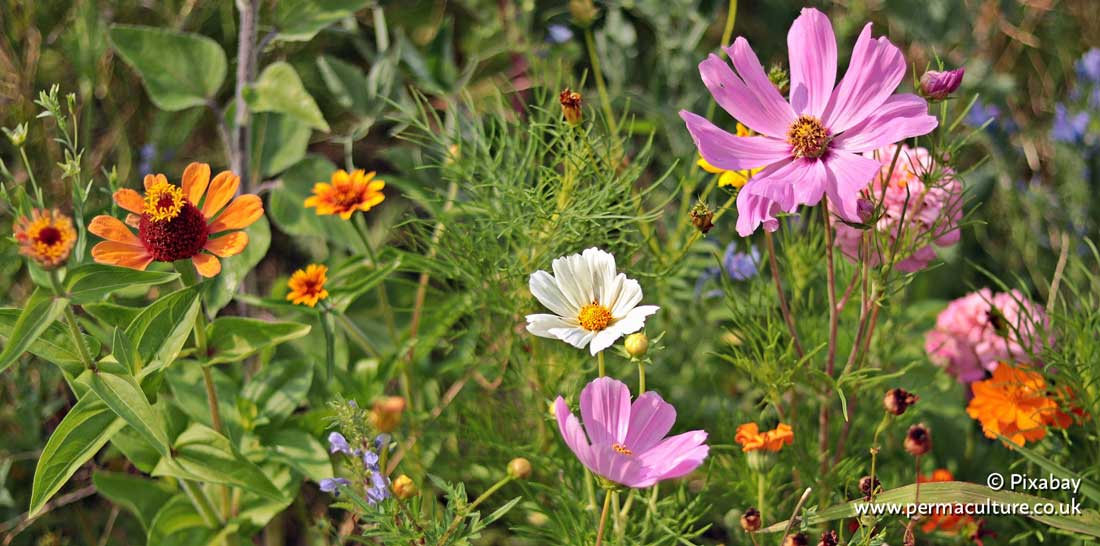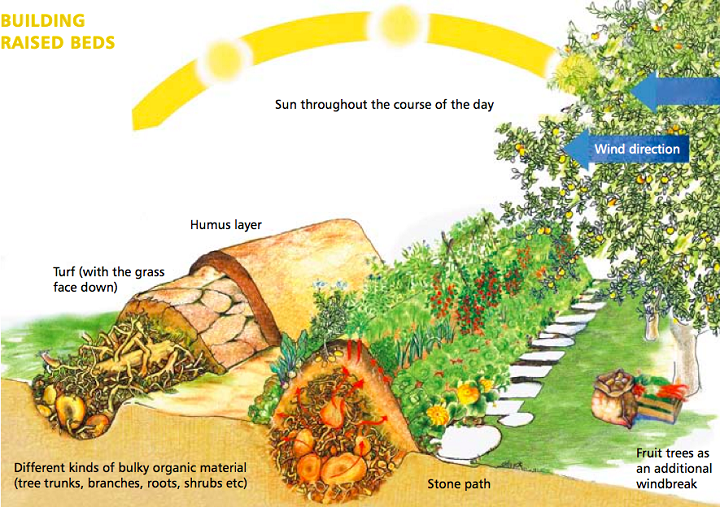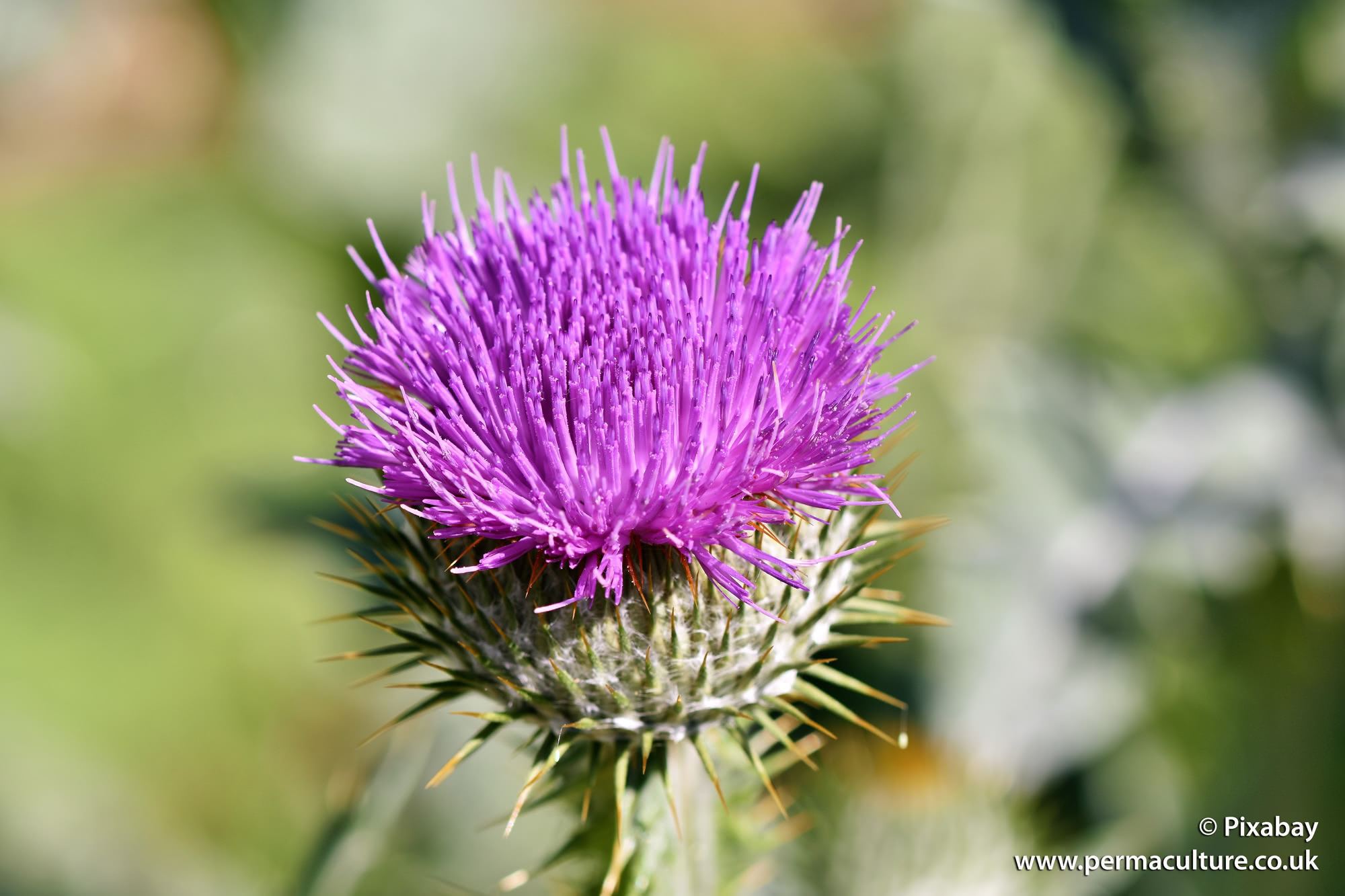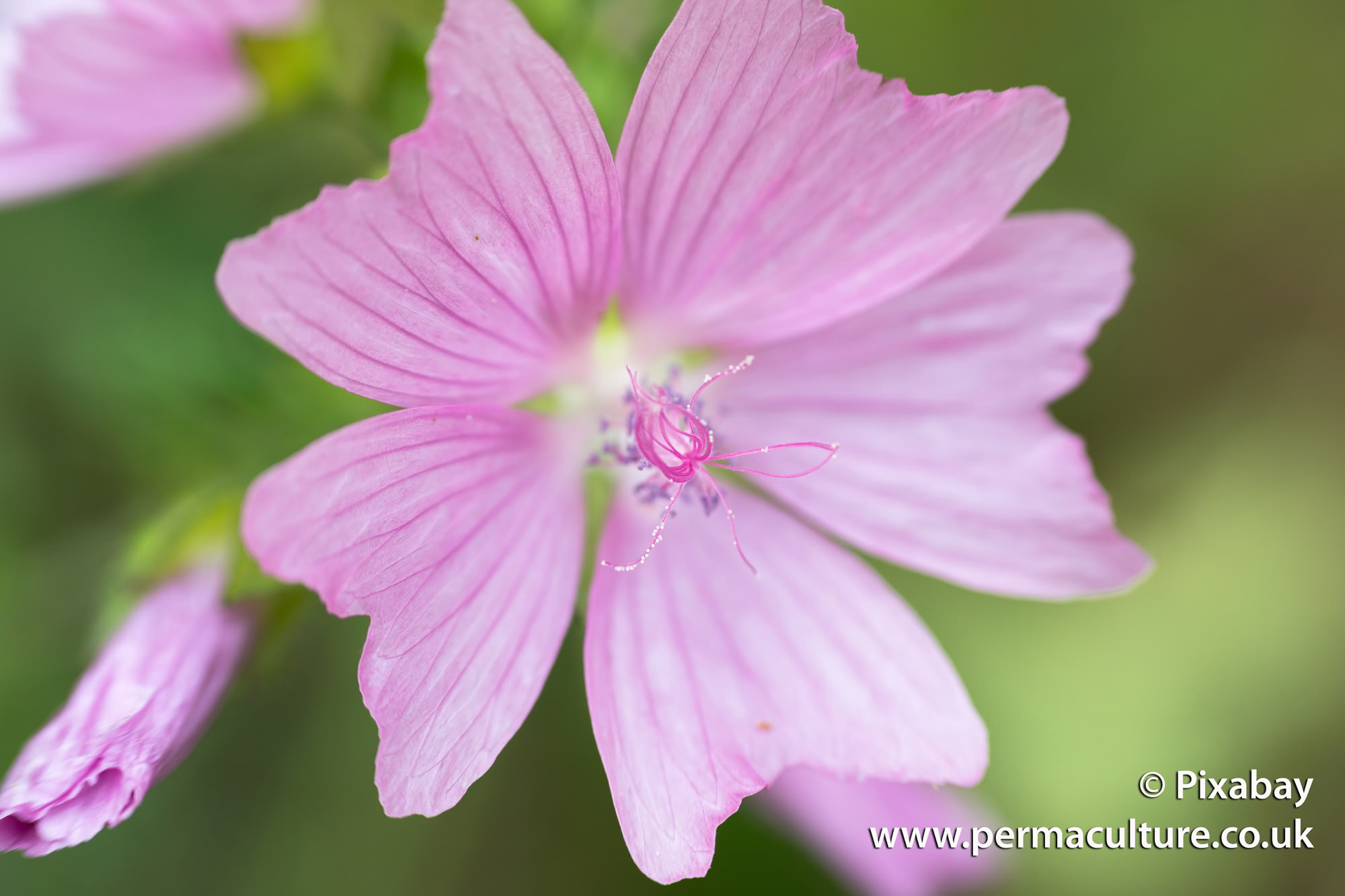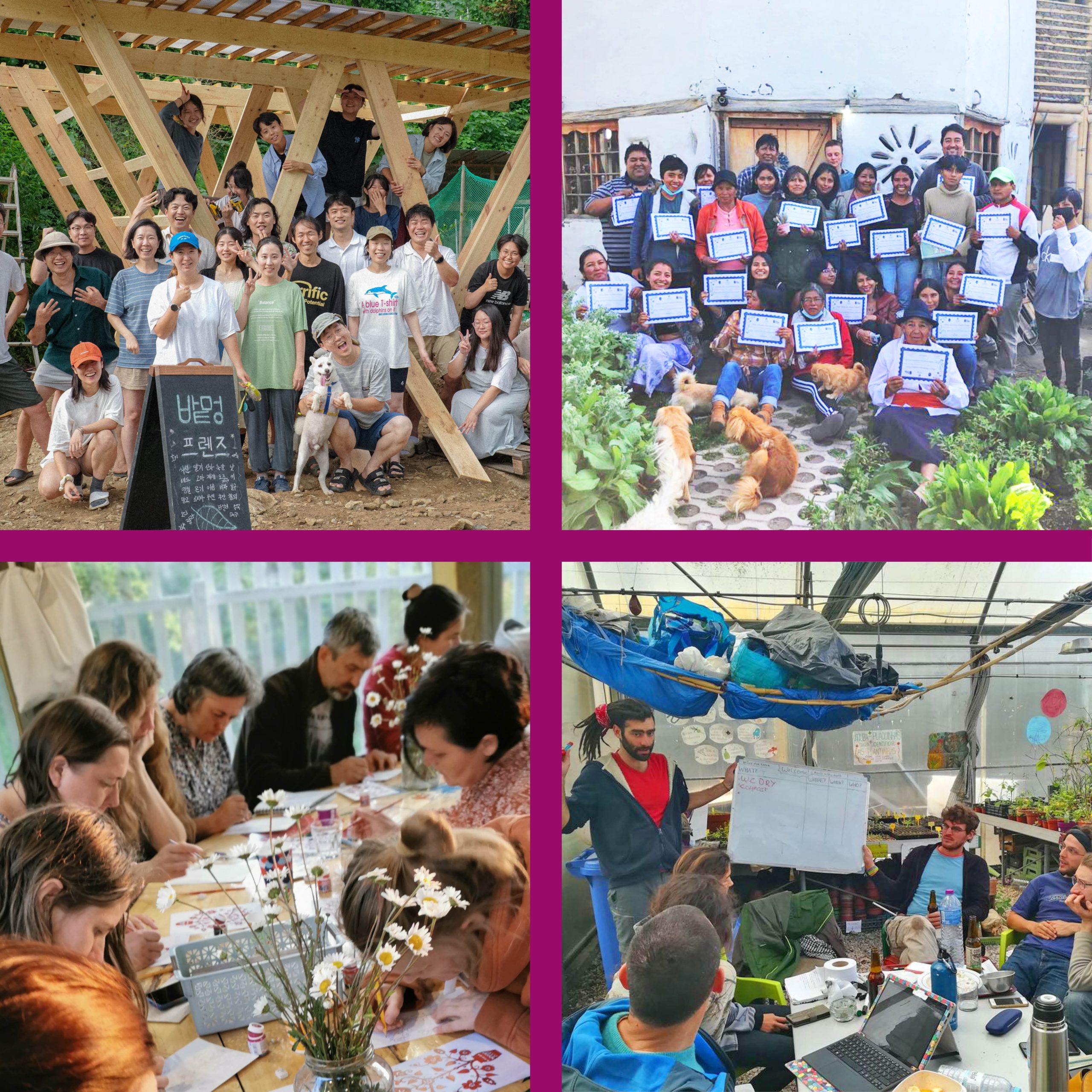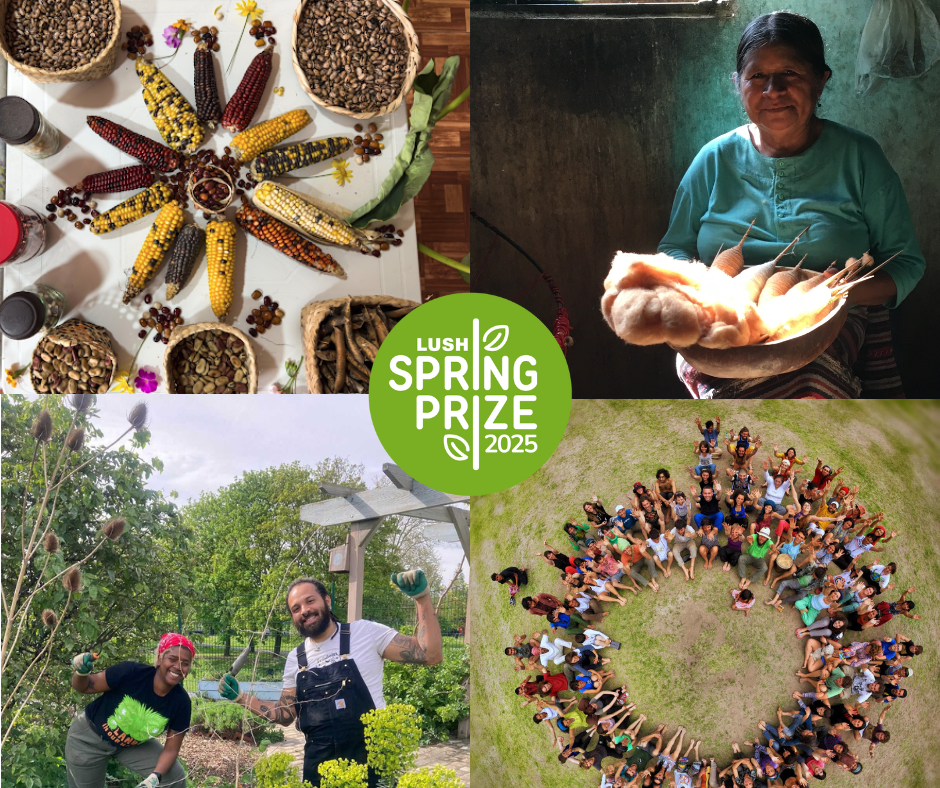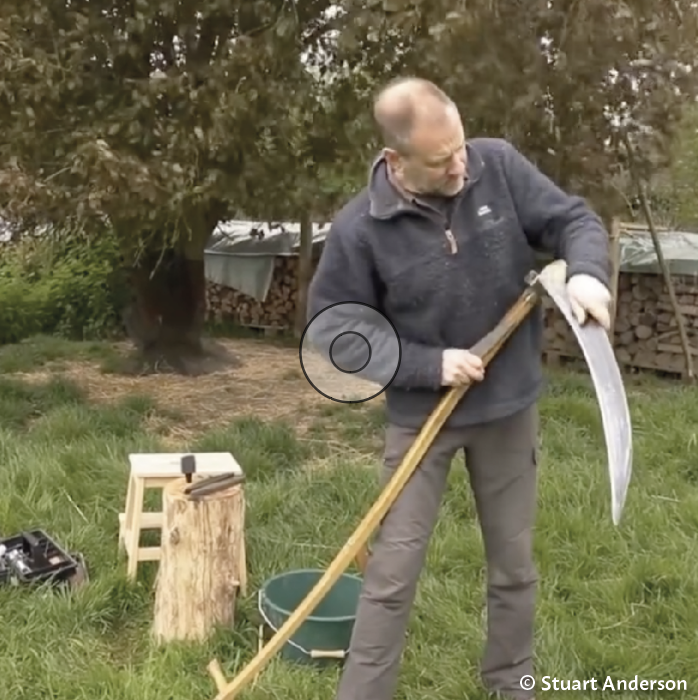The sun rises on a glorious new day in an Earth Cooperative Restoration Camp. Although this particular camp is in what most would call a desert, in the early morning there is dew on the grass and the birds emerge from the vegetation to forage and sing. The camp is in an area that has been described as abandoned since the failure of agriculture, industry and consumer economy here. Looking out over the vista, a group of people are practicing the salute to the sun, a yoga exercise that comes to us from antiquity. In a quiet yurt are Muslims at early prayer. There is a great sense of acceptance and tolerance in this place.
Throughout the landscape, leaves turn to face the sun and drink up the nourishing rays and in doing so grow. Beds are being quickly made in the neat white yurts that look so natural and gentle in their impact on the Earth. The clean, fully functional and odorless composting toilets made of all natural materials are busy and welcoming. The kitchen crew is up early preparing breakfast for the camp. Up at the crack of dawn there are people brushing teeth, washing and heading to work.
Most take a quick coffee or tea, some fruit and a homemade energy bar made from dried fruits, nuts, and honey. Teams are assembling to get some work done before it is too hot to be under the heat of the sun. As quickly as they can, they’re off to the fields, the orchards, the ponds, the nurseries, the workshops, all to do two or three hours of concentrated work in the cool of the morning. The various teams move about their tasks with confidence and collabor-ative support, some with decades of experience and others learning while they share in the tasks.
Although in this place rain is seasonal and infrequent, when it rains, it pours. Thousands of years ago this area was fully vegetated, a veritable ‘Garden of Eden’. This is one of the places on Earth where agriculture first began. Early Neolithic agriculturalists and the generations that followed gradually removed almost all the vegetation. Over time the land was for all practical purposes denuded. As time passed the people began to think that this place was a dry land. Experts classified it as arid or semi-arid. Without the tree canopy and the deeply rooted grasses, the kinetic energy from the rains was enormous.
There is a dry gully passing nearby the camp and its steep sides are eroded by rains long past. Here some of the strongest people in the camp are working to move heavy rocks and make many interventions. They are making small semi-permeable dams in the gully so that when the rains do come, the water will be diverted, the sediments will be trapped and more and more water will infiltrate into the soil again, nurturing the land as it did in the distant past. These physical interventions quickly become bio-physical interventions, because with more available moisture, plants spring up. These plants send their tap-roots deep into the ground bringing up more water from the depths, and with it, nutrients.
Some head to the gardens where much of the food for the camp is grown. The gardens here are interesting because there is no exposed soil. The ground is covered by plants and by a thick layer of mulch. A profusion of plants are growing together in symbiotic polycultures. Another group heads for super-insulated passive solar green houses now shaded from the sun by thick woven reed mats that are incubating starts for vegetables, fruit trees and the keystone species of the region. Along the thick walls that protect the greenhouse in the winter are large photographs and written explanations of all the indigenous and endemic plants of the region. There are also some desks and study spaces as this is a favorite place for some of the students and faculty when they wish for a quiet place to read or write.
In another part of the camp a chicken tractor with a solar powered movement is slowly making its way across a denuded landscape. The chickens are scratching in the soil foraging for small insects, aerating the topsoil and leaving their highly nitrogenous waste to begin the process of regeneration. Some people are carrying vegetable waste to a wooden container where a massive knot of worms has gone through half its weight in organic matter overnight and left beautiful perfect humus that will further enrich the food forest that is envisioned for the degraded strip the chickens have begun to prepare. This camp has multi-species working together.
A group of horsemen saddle up and head out to check on the herds of cattle, sheep and goats whose rotational grazing schedule is being monitored carefully by Geographical Information Systems. It is already clear that with their help the grasslands are returning to ecological health, and some students and professors are measuring soil carbon increases, temperature differentials, biodiversity, microbiologic communities and moisture. They are placing data loggers in degraded landscapes, in areas that are being restored and in areas that have been recovering for some time. The data is transferred from the data loggers to computers in the camp and directly to several Universities and Research Institutes around the world. The findings are showing that these people are at the leading edge in mitigating and adapting to climate change. All this before breakfast.
After the activity in the morning it is great to shower and dress in cool clean clothing. It is nice to know that there is no pollution from the soaps and that all the water from the showers and the kitchen goes into the constructed wetlands, where it is biologically cleaned before being used to irrigate the kitchen gardens. The clean, coolly dressed campers begin to trickle under the shade of the big sail in front of big kitchen yurt. Big fans running on solar energy help to keep the breakfast area cool. Inside the kitchen the biogas stoves are cooking up a welcoming meal.
Breakfast under the shade is filled with warm greetings. Granola, eggs, sour dough toast, cheese, butter, jam, fresh fruit, yoghurt, coffee and tea are consumed in large quantities. No one is allowed to go hungry in this community. All are welcome to eat their fill, and they do need to eat because they are expending a lot of energy working in the orchards, gardens and workshops. Conversations about the biogas system, the solar panels, the nurseries, the orchards, the gardens and the water harvesting take place as the teams plan the rest of their day.
After breakfast many rest quietly or write home to their families, to share with them what they are doing and feeling. In an hour, various classes are scheduled that engage the students in theoretical study. They learn intellectually what they have been experiencing in the field. Young students seek out their mentors and together they discuss what they have learned and what they are still learning. There is a quiet competence and joy in being together. These people seem to be finding great satisfaction in devoting their lives to the shared goal of improving, both as individuals and collectively, to live the best lives that they can.
What is happening here is the voluntary gathering of people from all walks of life and from all over the world, who have decided that humanity will have to work to save the Earth’s natural ecosystems and human civilization. Some people have been working in this camp for many years, others have just recently arrived. Some of the older people have already spent decades learning about the Art of Healing the Earth, some have just joined.
There is a youthful energy too in many of the students who will stay for some weeks, taking introductory courses. Others will stay for some months to gain intermediate skills in restoring the hydrological cycle, soil microbiology, taxonomy, propagation and biodiversity. There are also those who have mastered many of the skills already and are training to be deployed to more difficult places that have recently been ravaged by war and other catastrophes. Some have studied meditation and peace building. Many have come to realize that creating peaceful vibration with all, resonating together, can be even more strenuous than restoring hydrology, soil fertility and vegetative cover.
During the heat of the day in the summers, the camp is quiet with reflection and saving energy. Although it is quiet, learning is taking place. These are free men and women who with all their hearts are striving to live their lives in harmony with each other and the Earth. They are also fully aware that they may be the last best hope for humanity in mitigating and adapting to human induced climate change. They are studying biology, microbiology, mycology, water harvesting, botany, taxonomy, vegetable growing, orchards, reforestation, grassland restoration, animal husbandry, biogas, passive and active solar energy, earth architecture, interpersonal relations, conflict resolution, participatory democracy and meditation.
The kitchen staff have prepared a light lunch with cold soup, salad, and fruits, with most of the food coming from the camp’s own orchards and the kitchen gardens. Everyone is advised to drink a lot of water, tea and juices. This is a good time of day for medical checkups, self-study, writing, painting and other activities that take place in the shade. The day is relaxed but satisfying and no one is bored. Computers are humming, connecting the campers with their families and friends around the world.
Occasionally they sigh at the brutish realities in many parts of the world where people are so unhappy and unfulfilled. Many have known the feeling of frustration and sadness and they have seen the ravages of anger and violence. They have chosen to study and work in the restoration camp to get away from this. Several with sufficient energy and ambition, manage to get in a swim and are very refreshed, ready for another couple of hours work as the sun’s power begins to wane in the afternoon.
In the long light the work teams return to their tasks. As they begin, a convoy of white four wheel drive vehicles arrive, and officials from various multi-lateral institutions come to see what is going on. They are amazed that exactly what is needed is being done. Not as a business but as a life style choice. They ask how the camp is organized and are astonished that a young man with Down’s syndrome answers them. He can do this because he is an owner of the camp along with all the others who are there and millions of other people around the world. The officials are moved when they realize that this young man is in a way the heart of the camp. He has no guile and is in love with everyone, there is a respected place for him alongside many obviously highly intelligent and highly capable people. Everyone has a role to play in healing the Earth.
This is a people-to-people effort built on trust and not on transactions. Here in the camp all are equal, everyone recognizes that if they were born on the Earth then they are a representation of all life since the beginning of time. We hold these rights to be self-evident. With a Cooperative Structure it is possible for all to join as an owner. Many millions have chosen to join and have elected executive leaders whom they trust to lead the effort. They join the camps when they can. Generations of families work together with people from all walks of life and from all over the world. The movement is growing.
The visitors are directed to their yurts and shown how the toilets and showers work, and are told when dinner will be ready. Some of the camp’s executive committee members lead a tour so the visitors can see various parts of the camp. They explain the biogas and solar systems, the watershed rehabilitation methods, the propagation units, the greenhouses, the fields, orchards, the animal husbandry,
and the scientific monitoring. The officials are given links to datasets and analysis that show how effective the work is in restoring hydrological function, carbon sequestration, soil fertility, food security, and community involvement. There is talk of restoration in areas where for decades and centuries there has been only conflict and degradation. The international officials wonder if camps could be used to restore these areas? The answer of course is they must be, but the executive committee members let them come to this realization themselves.
The sun is going down and the work groups are back and cleaned up for dinner. It’s pizza night! The ovens are turning out wonderful pizza. Salad, grilled vegetables, fruits, beer and wine for those who imbibe and ice tea and juices for those that abstain, plus some locally produced organic grass fed meat for the residual carnivores. After dinner there is a short stroll to the amphitheatre where you can hear a very professional technical sound check taking place. Amongst the campers are very fine musicians. The band is up for playing in the cool evening. The music begins to great acclaim and there is dancing in the streets.
The stars are out and the moon rises in the indigo sky. Love is in the air and the next generation of restorers are being planned by some of the younger campers. Who can blame them?
If this vision appeals to you, we welcome you to join the Ecosystem Restoration Cooperative and work with many people like yourself, to build camps on all continents. We are partnered with the World Permaculture Association (WPA), the Permaculture Research Institute (PRI), Regeneration International (RI), and Permaculture magazine, and strategic planning is well underway.
Learn more at: www.ecosystemrestorationcommunities.org
Or, if you feel ready to become a founding member of the Ecosystem Restoration Cooperative, which will eventually include donating €10 per month, we only need a team of 1,000 to start our prototype ER Camp in Spain, and there are already more than 500 of us. Simply upload your contact information here so we can start co-creating together. (No money will be collected until we reach the critical figure.) http://tiny.cc/ERcooperative
John D. Liu made the documentaries Green Gold, Prix Italia award winner, and Hope in a Changing Climate, named the best ecosystem film at the International Wildlife Film Festival.
